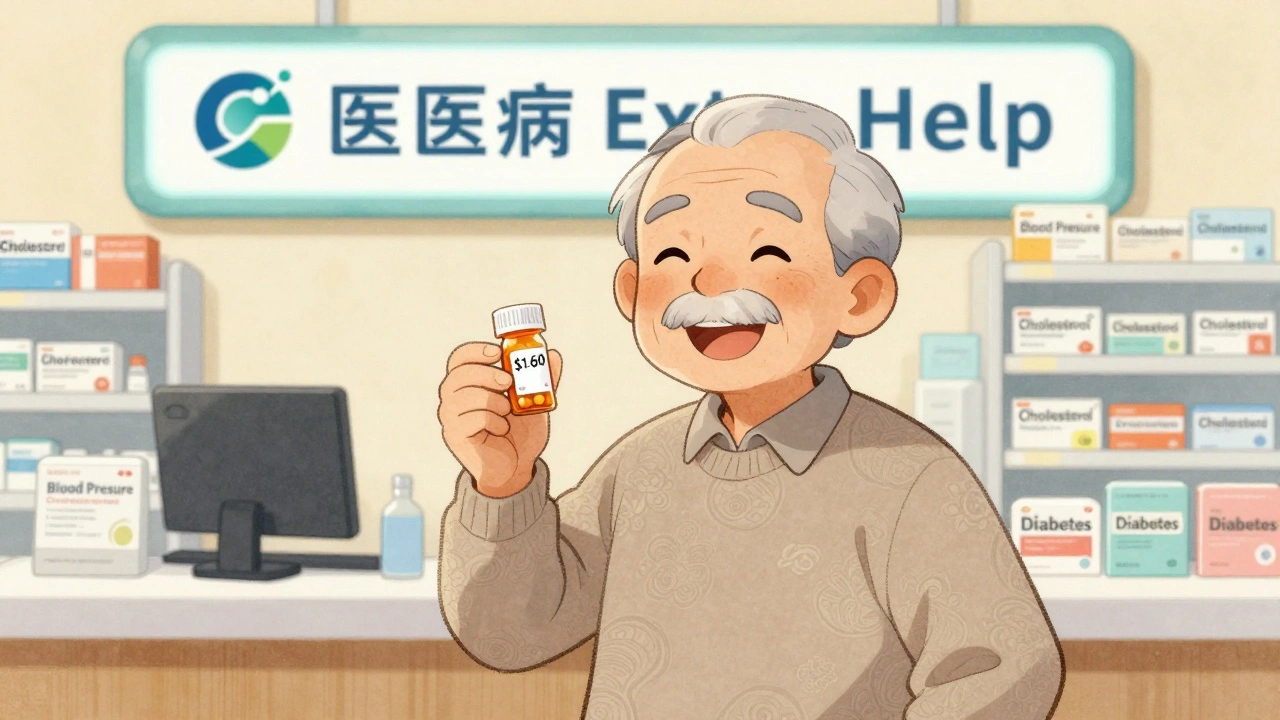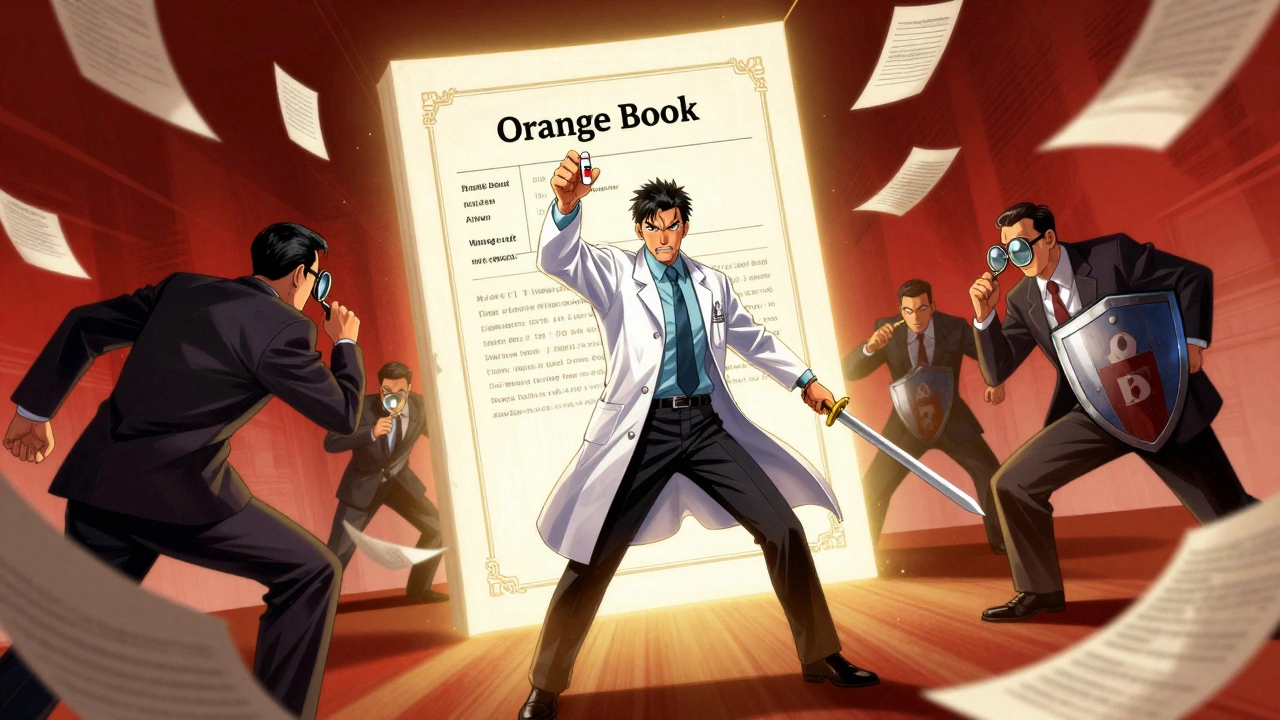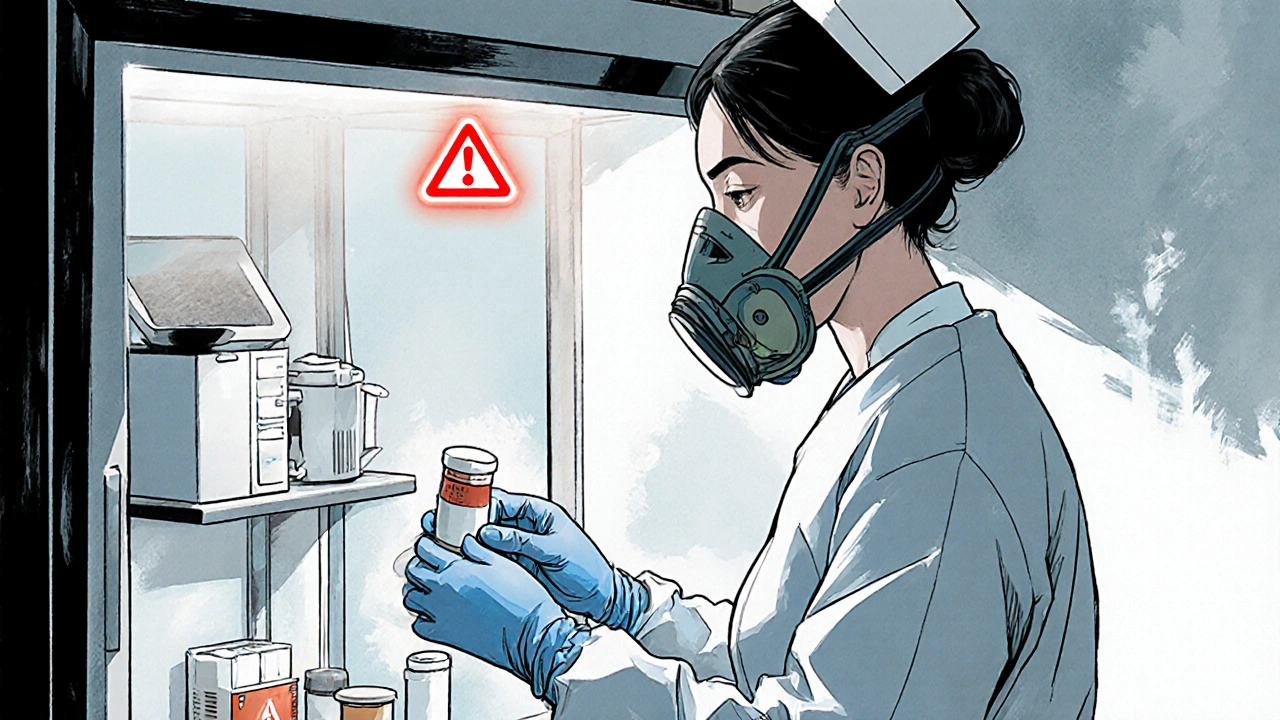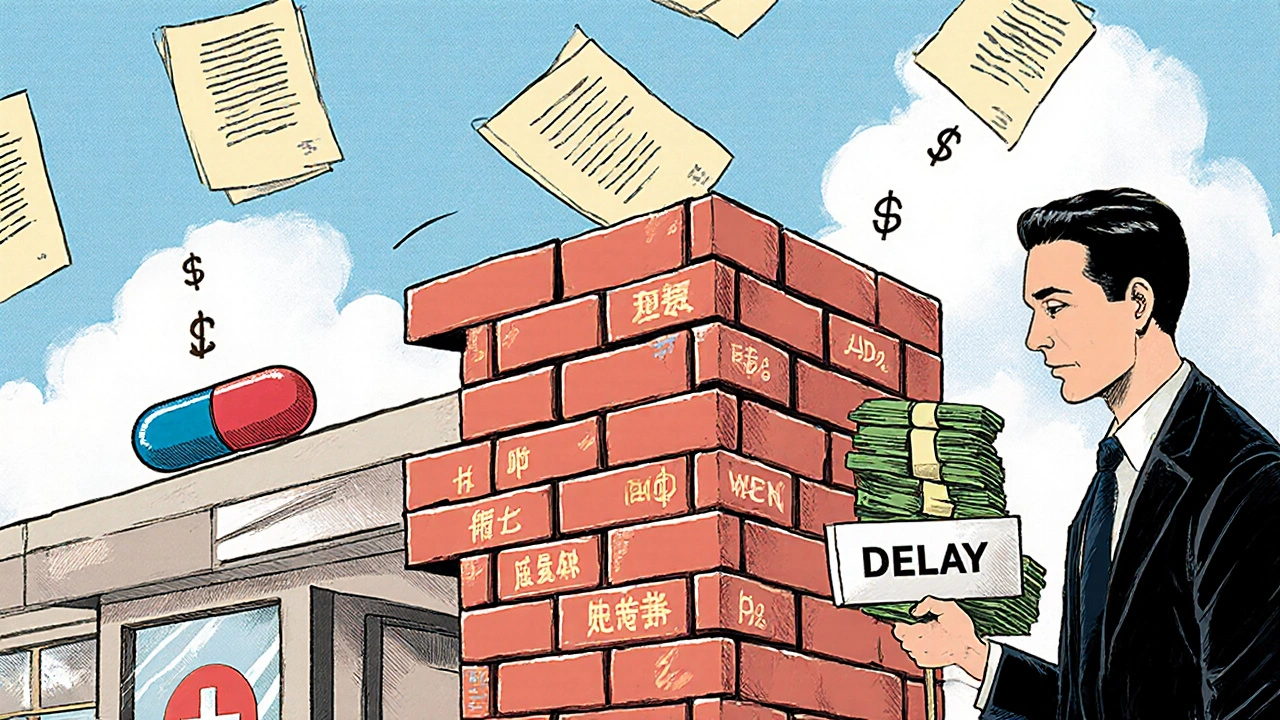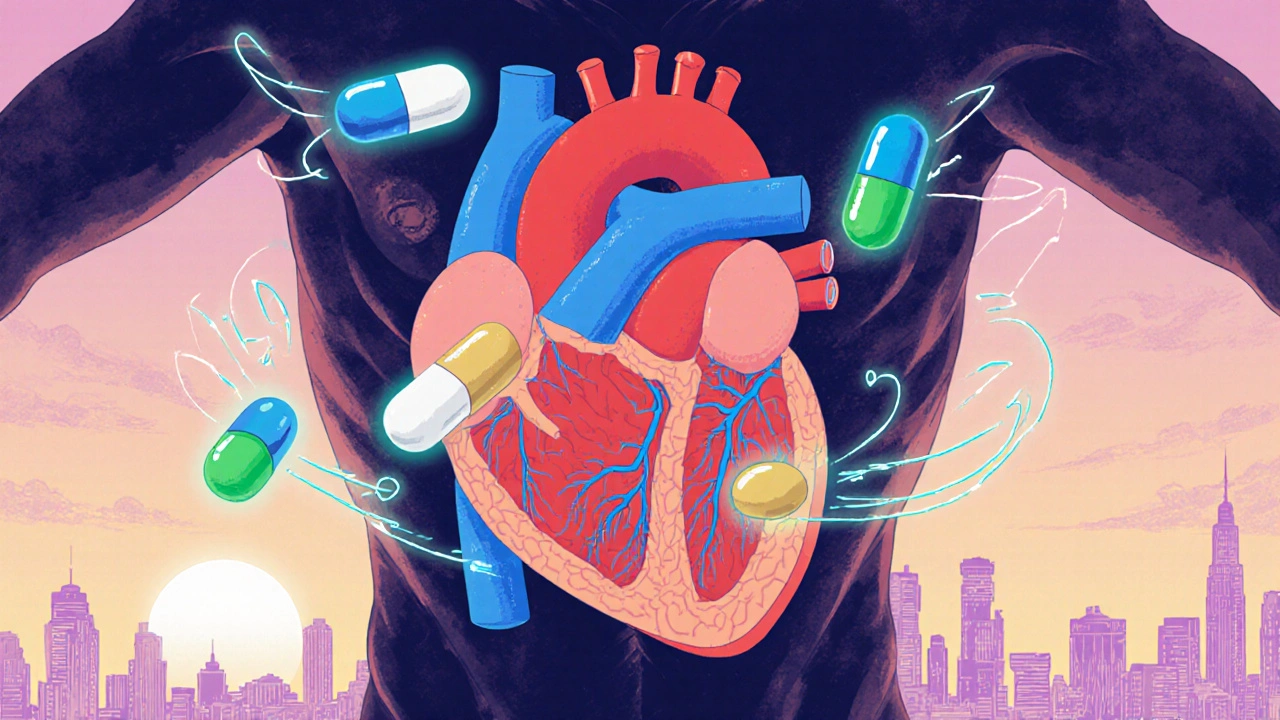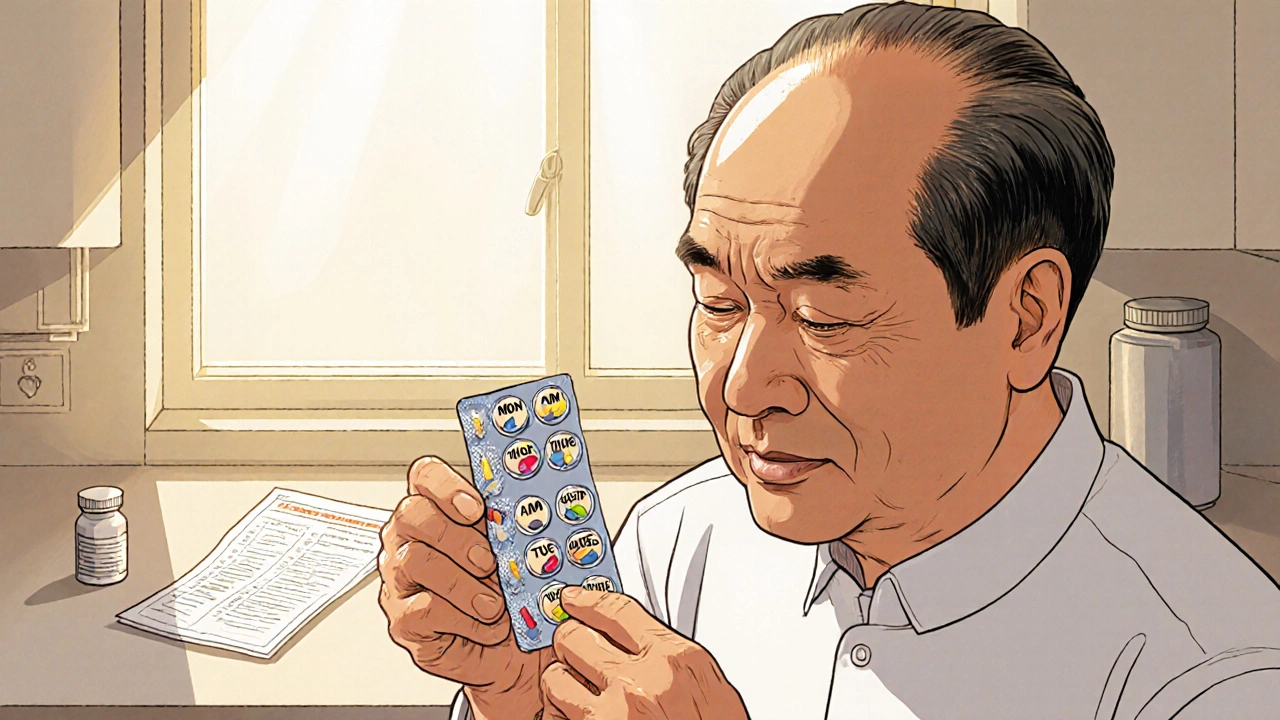Medications – What You Need to Know Today
Looking for clear, practical info about the meds you take? You’re in the right spot. This page pulls together the most useful articles on popular prescriptions, over‑the‑counter options, and safe alternatives. Whether you’re curious about a new cholesterol pill, want to know the latest on malaria drugs, or need a backup for an antibiotic, we’ve got the facts you can trust.
Top Articles on Popular Drugs
Below are quick snapshots of our newest reads. Each one breaks down what the drug does, common side effects, and what to watch for when you’re on it.
- Olmesartan and Cholesterol – Find out if this blood‑pressure ARB messes with your lipid levels and how to keep triglycerides in check.
- Chloroquine: Uses, Dosage, Side Effects, and Safety in 2025 – The latest on malaria prevention, dosing tips, and safety warnings for travelers.
- Where to Safely Buy Avana Online – A step‑by‑step guide to spotting legit sellers, avoiding scams, and staying legal.
- How to Safely Buy Ketoconazole Online – Practical advice on finding genuine antifungal pills and comparing prices.
- Lidocaine for Diabetic Neuropathy – Learn how this local anesthetic is being used to calm nerve pain in diabetes.
- 6 Best Alternatives to Bactrim in 2025 – A side‑by‑side look at other antibiotics for UTIs, skin infections, and more.
- 10 Game‑Changing Alternatives to Pioglitazone – Updated options for managing blood sugar without this older drug.
- Flagyl Alternatives – Explore other treatments for infections like C. difficile when Flagyl isn’t suitable.
- Exploring Top Alternatives to Neurontin in 2025 – Options for nerve pain that avoid the quirks of Gabapentin.
- Top Lasix Alternatives in 2024 – Choices for edema and hypertension when a loop diuretic isn’t the best fit.
Each article gives you the pros, cons, and a quick checklist of what to discuss with your doctor. No jargon, just the stuff that matters.
How to Choose Safe Medication Options
Picking the right drug isn’t just about what your doctor writes. Start by asking yourself a few simple questions:
- Do I have any other meds that could interact? (Check for blood thinners, diabetes drugs, or cholesterol pills.)
- What’s my medical history? (Kidney issues, liver disease, pregnancy, etc.)
- Can I afford the prescription or is there a cheaper, equally effective alternative?
If the answer to any of these is “maybe,” it’s time to dig deeper. Look for clinical guidelines, read patient reviews on trusted sites, and don’t skip the pharmacist’s advice. They often spot red flags you might miss.
When buying online, stick to pharmacies that require a prescription, show a physical address, and have a pharmacist available for questions. Beware of sites that promise “no prescription needed” for prescription‑only drugs – that’s a huge risk.
Finally, keep a medication list on your phone or in a notebook. Write down the drug name, dose, why you’re taking it, and any side effects you notice. Bring this list to every appointment. It helps your doctor spot problems early and adjust treatment before they become serious.
Stay curious, stay safe, and use the resources on this page to make informed choices. Your health is worth the effort of reading a few extra lines – and we’re here to make it easy.


